Lito 3
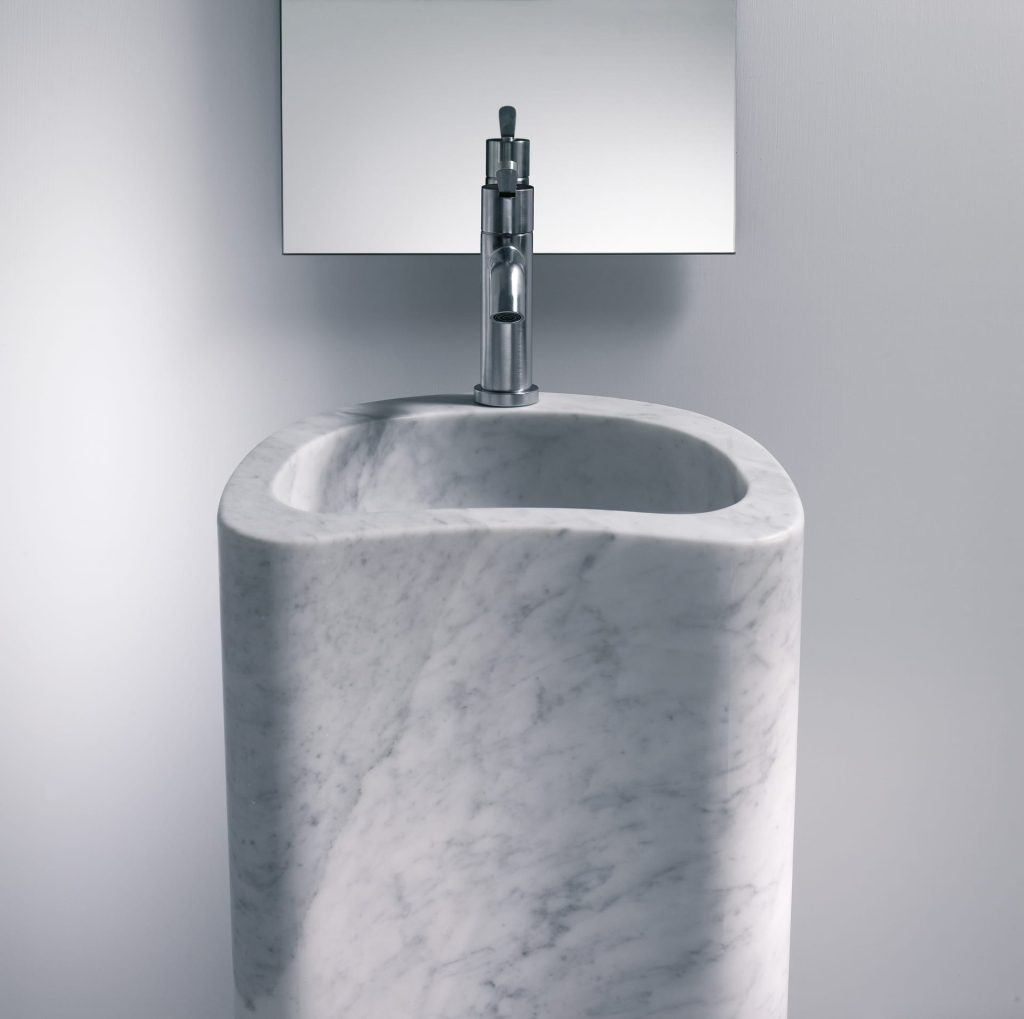
Angelo Mangiarotti’s design innovation brings us a further variation on the theme, with this washbasin, featuring strong, dynamic and striking lines. Lito 3’s sculptural material and design transform even the smallest bathroom space into a fascinating, unique place. Made of white Carrara marble, grey carnic marble or Nero Marquina marble, the washbasin can be delivered […]
Lito 1
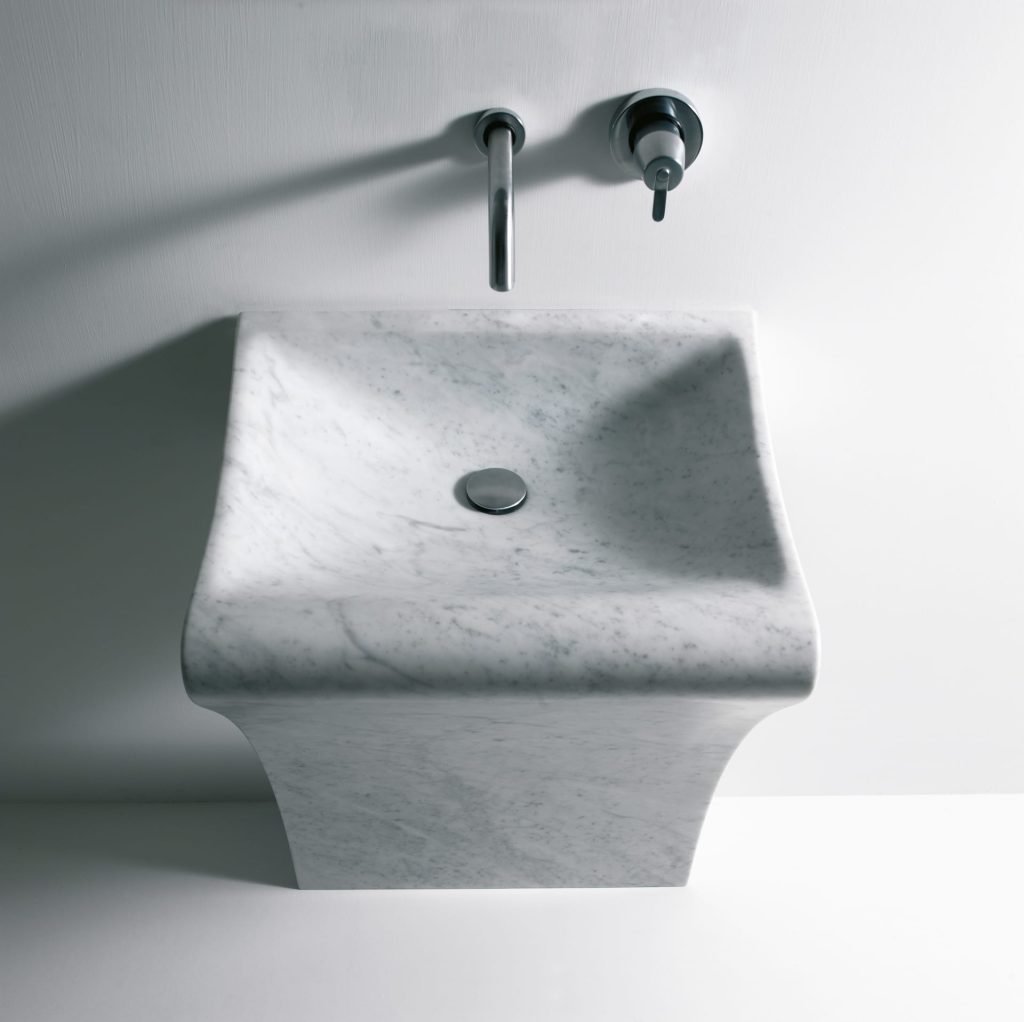
Entirely carved from a single block of marble, Lito 1 takes the form of an upside down “L” with a particularly gently dished bowl. The personality of an internationally famous architect and designer transforms the bathroom into an avant-garde design. Made of white Carrara marble, grey carnic marble or Nero Marquina marble, the washbasin can […]
Lito 2
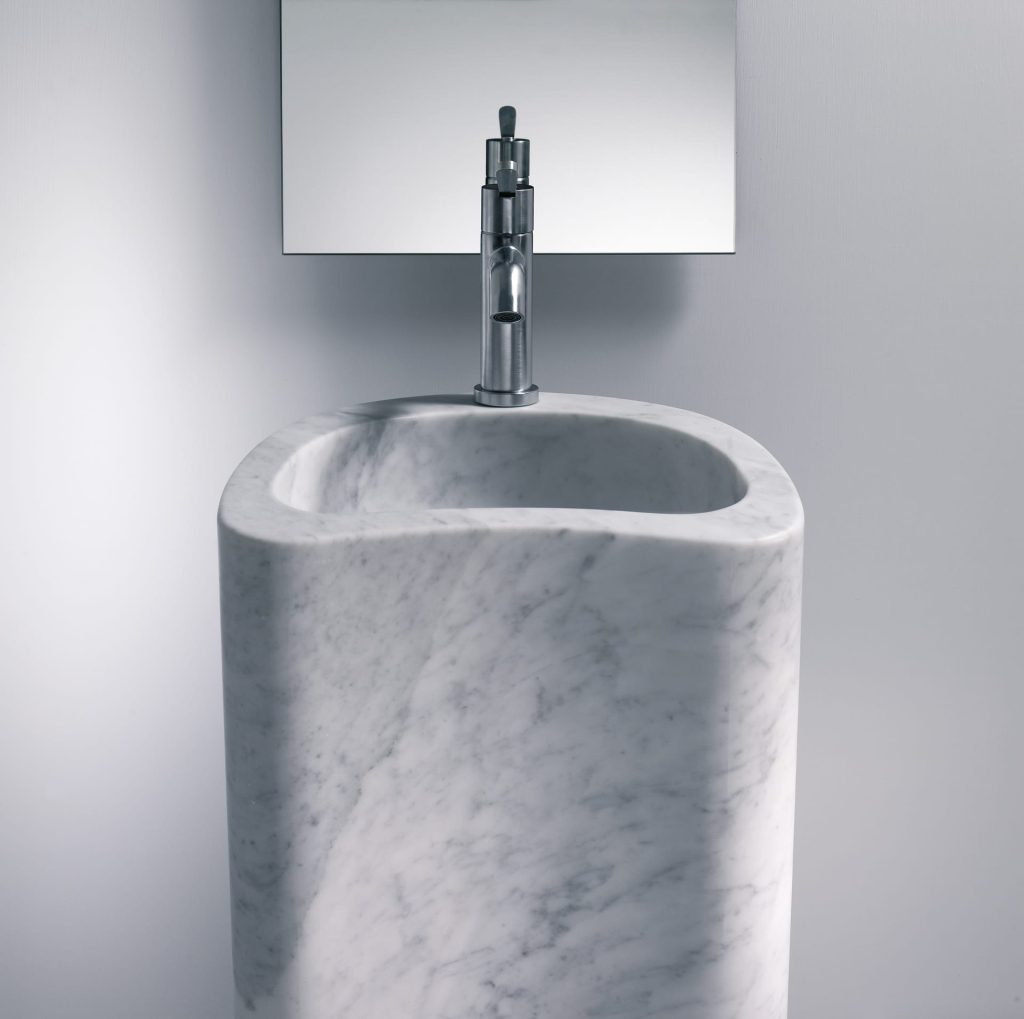
Angelo Mangiarotti’s design takes the form of a hand basin designed with the skill of a true master. Lito 2 is far more than a simple furnishing accessory, without losing sight of functional characteristics it is intended to provide: with its ergonomic lines and ideal capacity of the basin. The washbasin, available in white Carrara […]
Bjhon 1
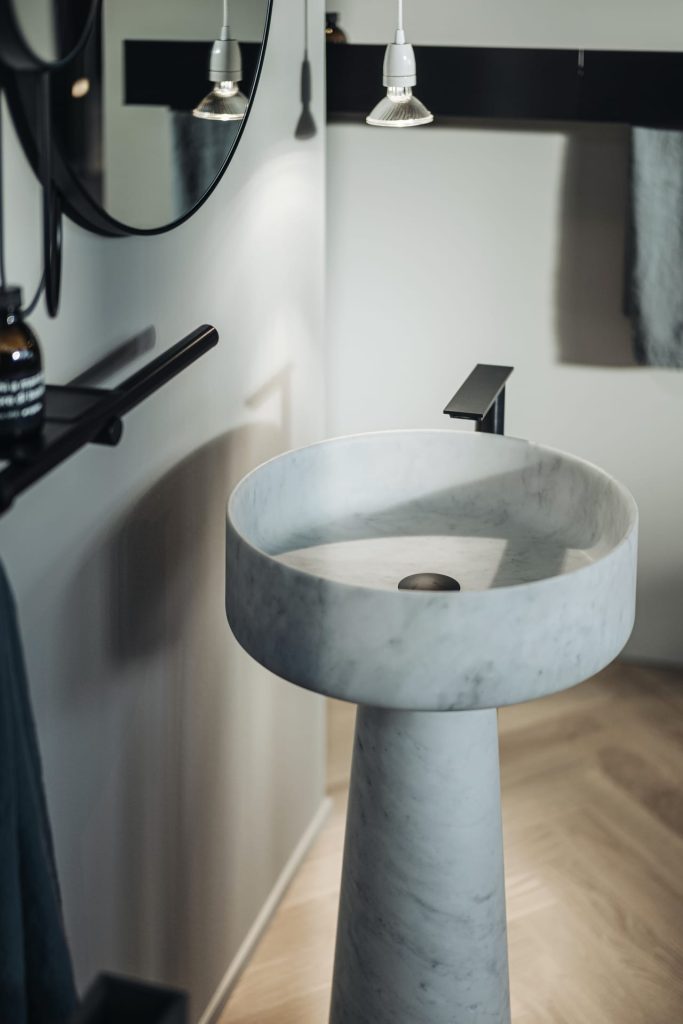
Bjhon washbasins are the fruit of an idea conceived by Angelo Mangiarotti in 1970. They are made of marble bianco di Carrara, grigio Carnico, nero Marquina or using an advanced technological material: Cristalplant® biobased. The truncated conical column can support two different shapes of basin, creating a highly sculptural piece. Alternatively, the basin can be […]
Bjhon 2
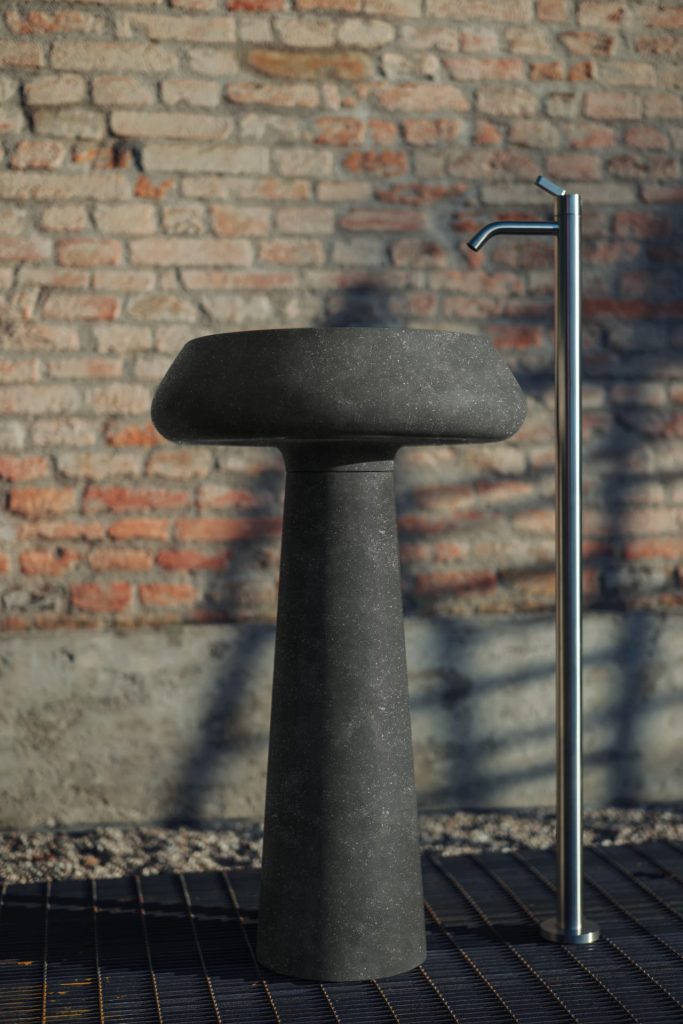
Fruit of an idea conceived by Angelo Mangiarotti, Bjhon 2 can be placed anywhere you like, thanks to the drain integrated into the column, and the possibility of fitting it on the countertop. It fits in seamlessly in innumerable different styles and settings, in both versions of the basin, and in both materials: from the […]
Compensato/1953
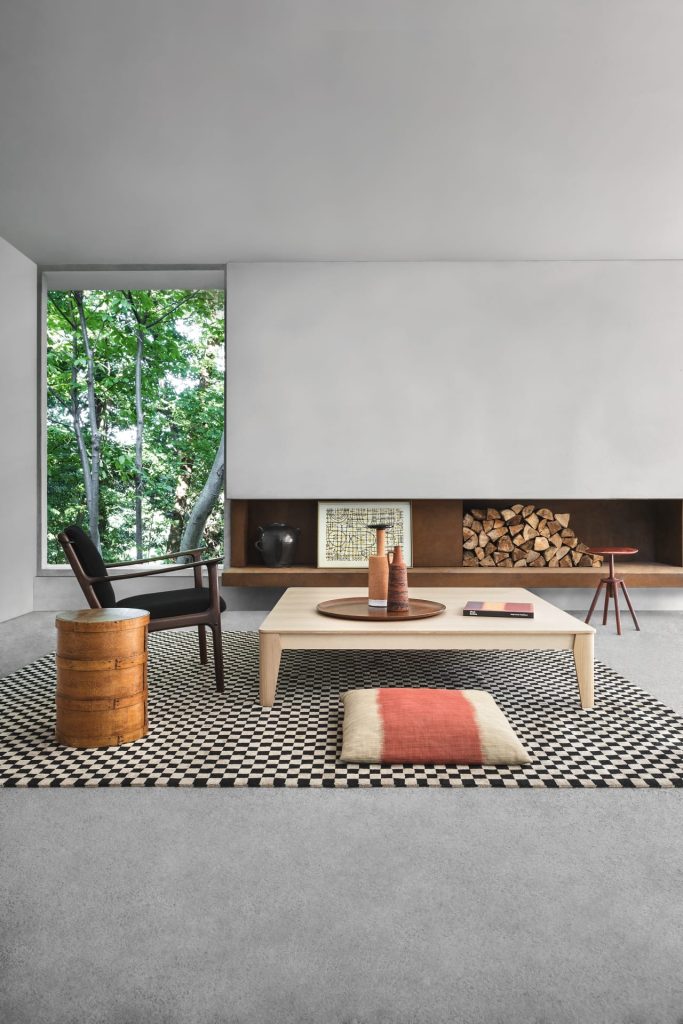
Tables made out of thin layers of plywood, whose curving forms make them more rigid, giving strength and stability to a very simple structure, which is made lighter and more streamlined by the tapering leg design. A construction system initially planned to be dismantled, a striking project which won praise from the great Alvar Aalto, […]
Eccentrico/ 1979
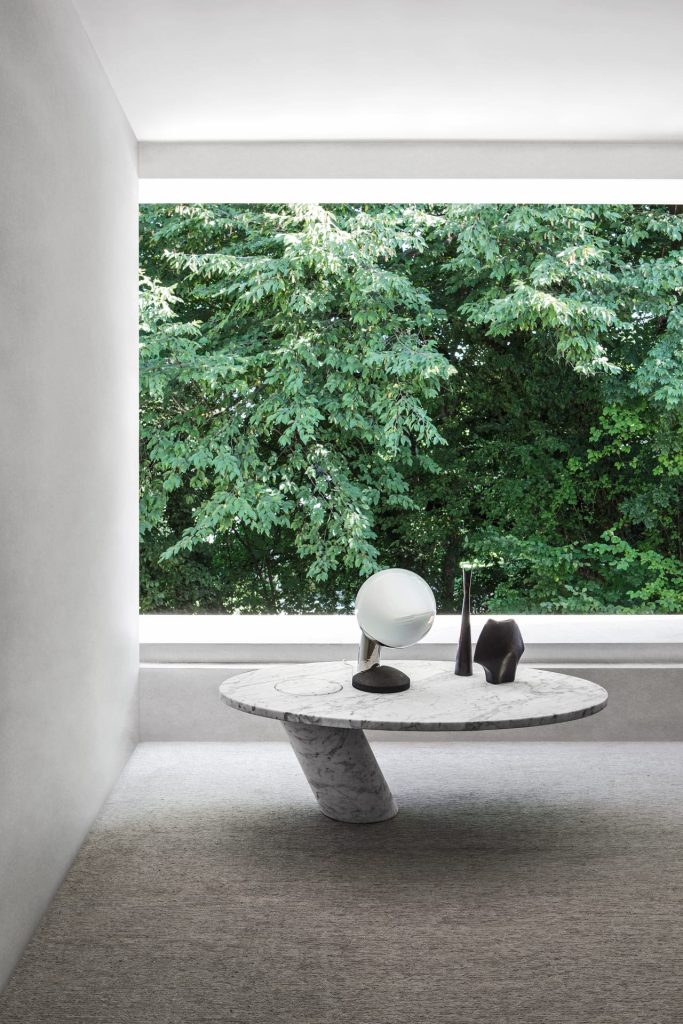
All-marble table continuing experimentation with gravity joints: this time featuring a special elliptical table-top design embedded asymmetrically into an inclined cylindrical leg blocking any vertical sliding by means of friction and eccentricity, using its own weight to push down and fully close an otherwise open joint. Tables with special sizes and finishes are also available. […]
Eros/ 1971
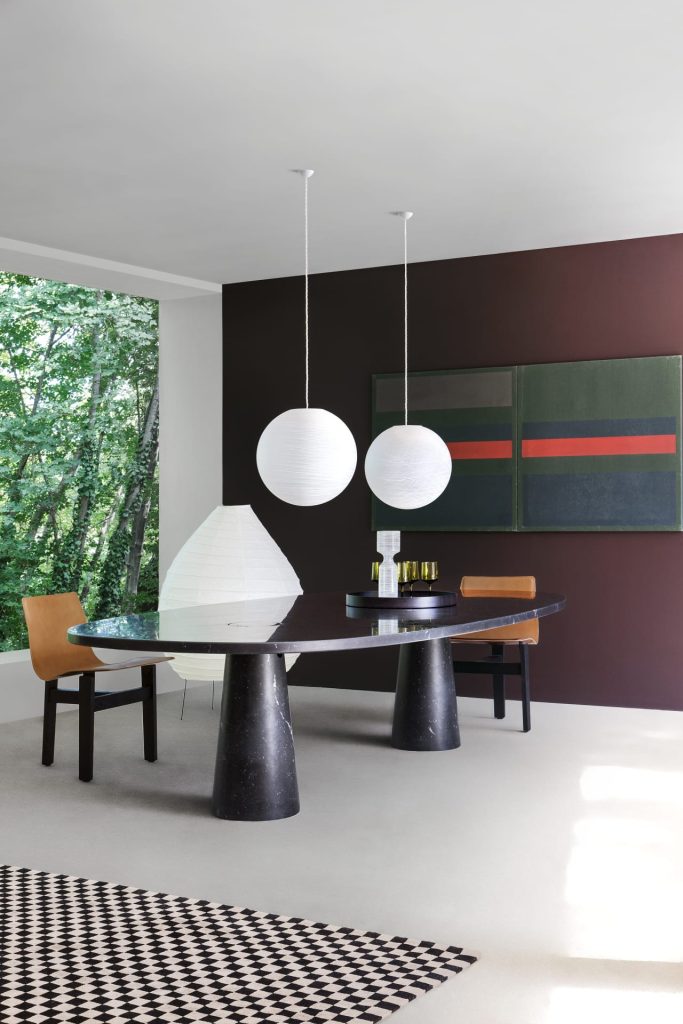
Eros is more than a product, it is a system envisaged in various different forms and sizes, each with its own special embedding. The elegant design of the eyelets along the rims and corners of the table tops results from eliminate the more fragile parts, which would not have been able to withstand stress and […]
Clizia 1990
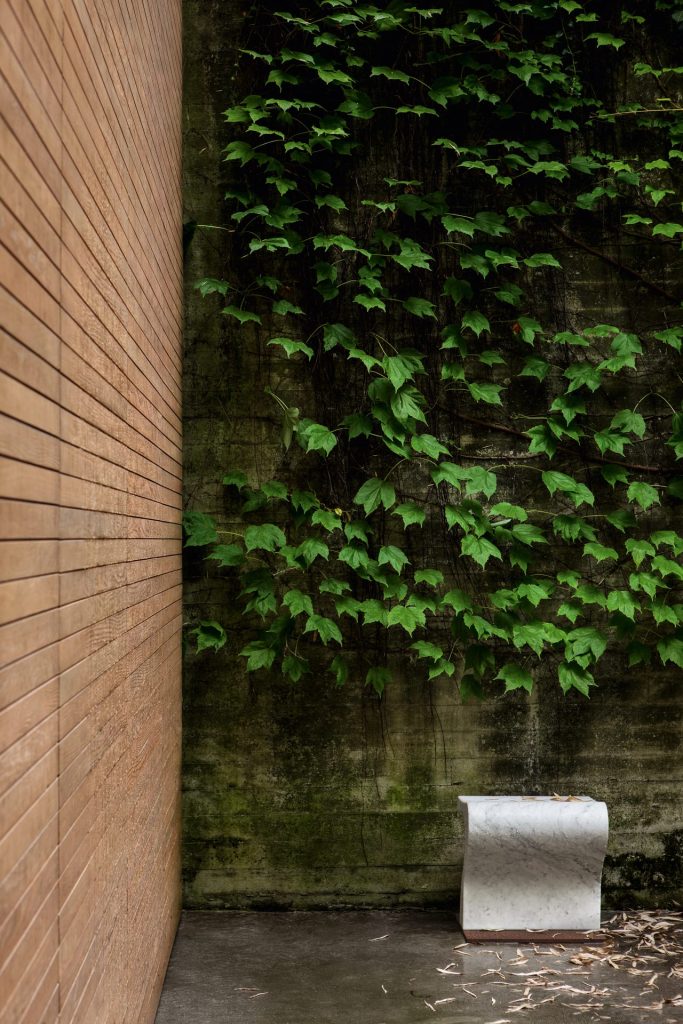
A chair designed with a cantilever seat supported by a central stand with sinuous and flowing lines, seemingly in contrast with the hardness and staticness of the stone it is made of. A carefully gauged construction, whose complexity evokes certain studies by Escher. The upper edge of the seat coincides with the lower edge so […]
Incas/ 1978
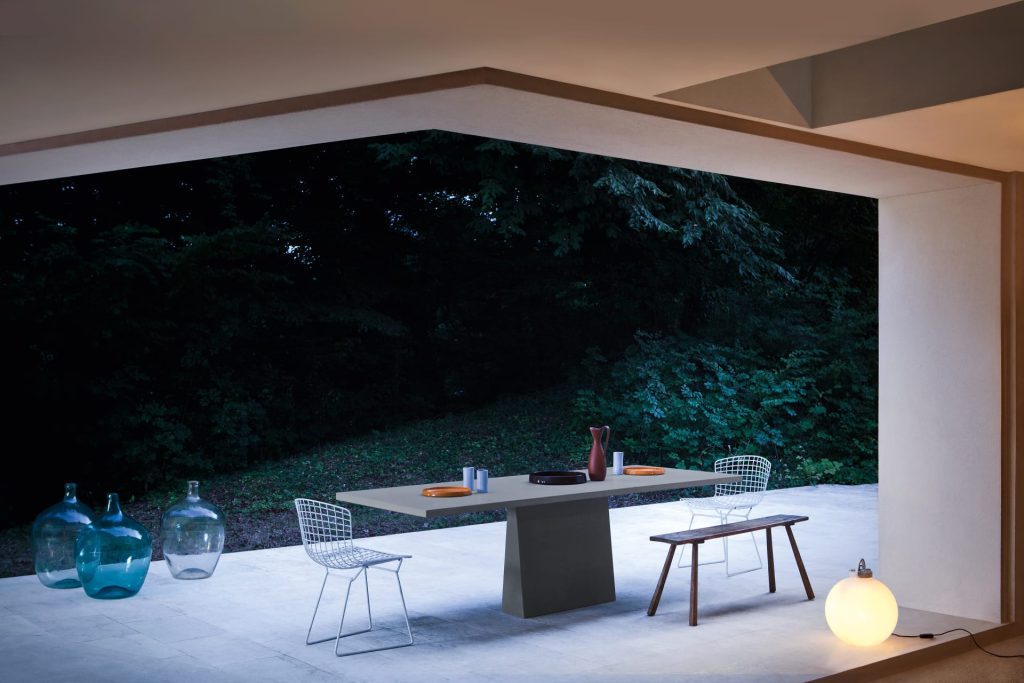
In Incas only the two sloping planes have to withstand stress and strain due to the weight of the top, while the vertical planes do not in any way support the structural system. Today Incas is available in other stone materials and with suitable finishes, now for the first time it is being produced in […]
Club 44 /1957
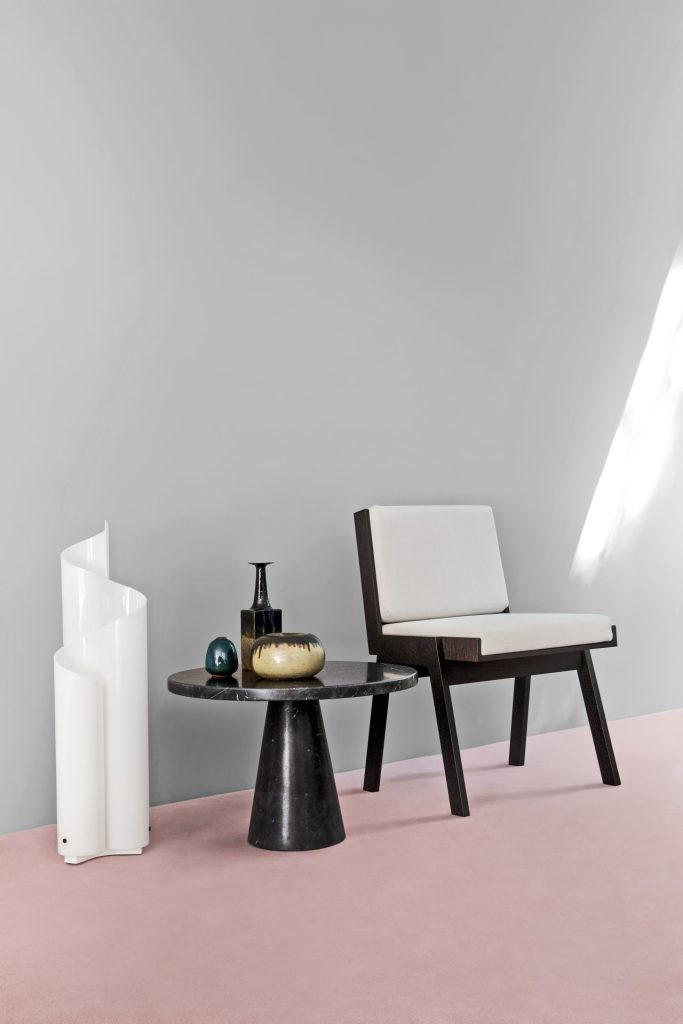
Club 44 is a decidedly architectural armchair, still strikingly individual and totally functional. Here the classic inverted V pattern that characterizes the system becomes the profile of a leg at the top from which the arm finds its ideal point of support. The resulting overall profile adds a slenderizing touch to this small piece of […]
M/ 1969
In M an elegant form and design create a more stable table than ever, the first example in Mangiarotti’s work of the use of marble to construct furnishing objects designed for the home. The marbles of M are proposed with a special finish to really bring out the properties of stone, caressing and enhancing the […]
Tre 3
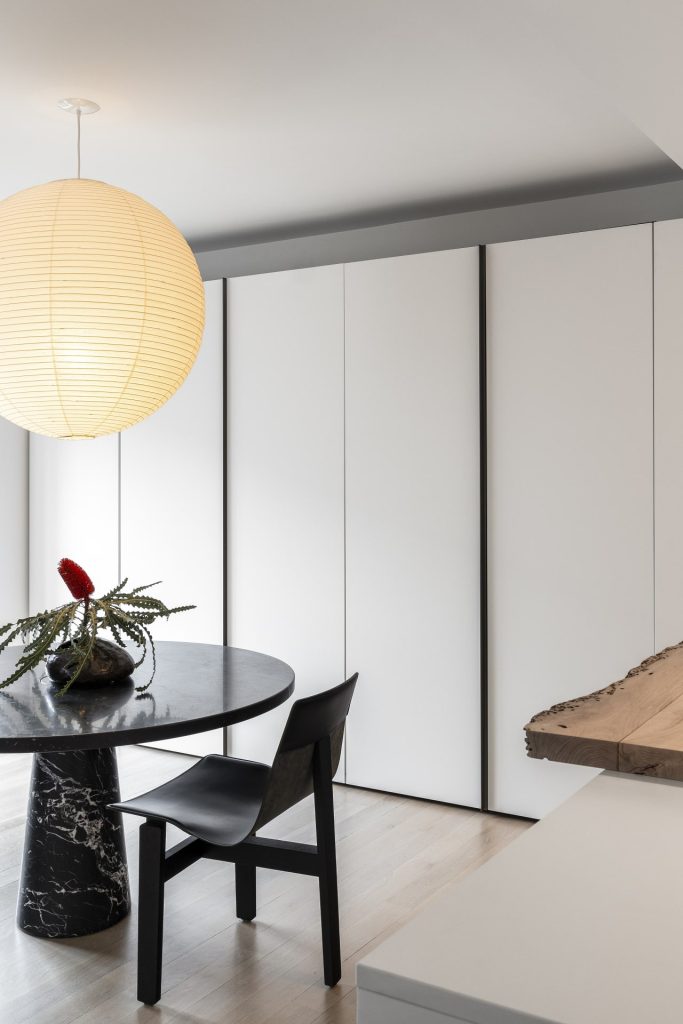
In Tre 3, a piece of leather has been placed in the high rear leg which gently descends to smoothly and seamlessly give shape to the back and seat. This is a rereading of a kind of chair previously created by leading figures of Nordic design. The “3T” chair took Angelo Mangiarotti closer to the […]
More/ 1989
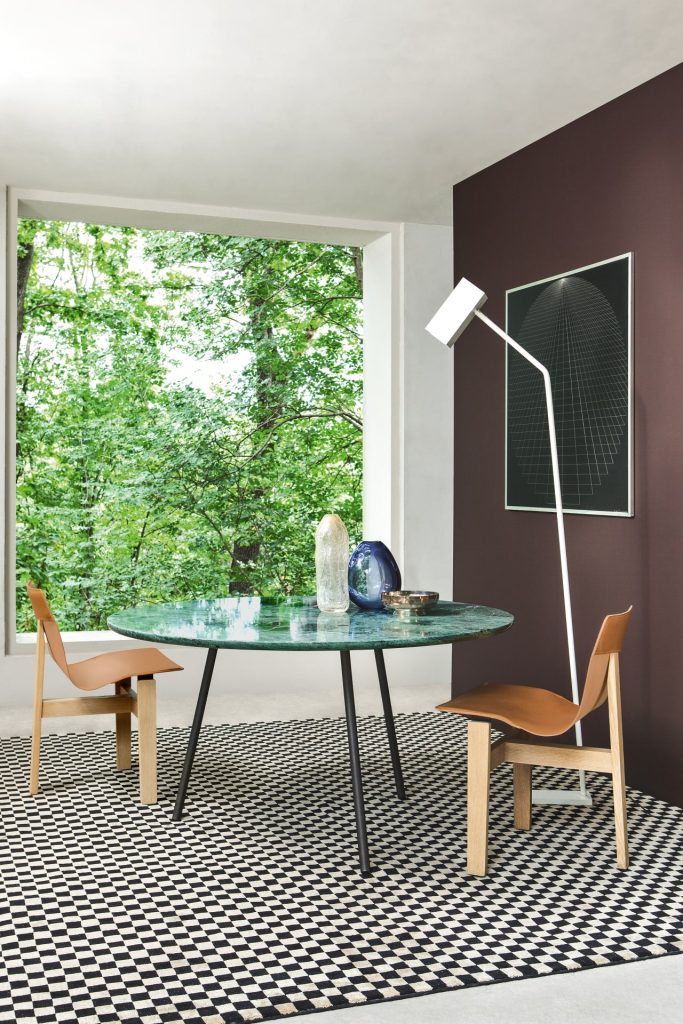
In More, at the upper end, at the point of contact with the top, the section of the leg becomes a truncated cone which fits into the top, essentially repeating the idea of the “gravity joint” tried out with the Eros table. The inclination of the leg, however, which increases the stability of the table, […]
Loico 1987
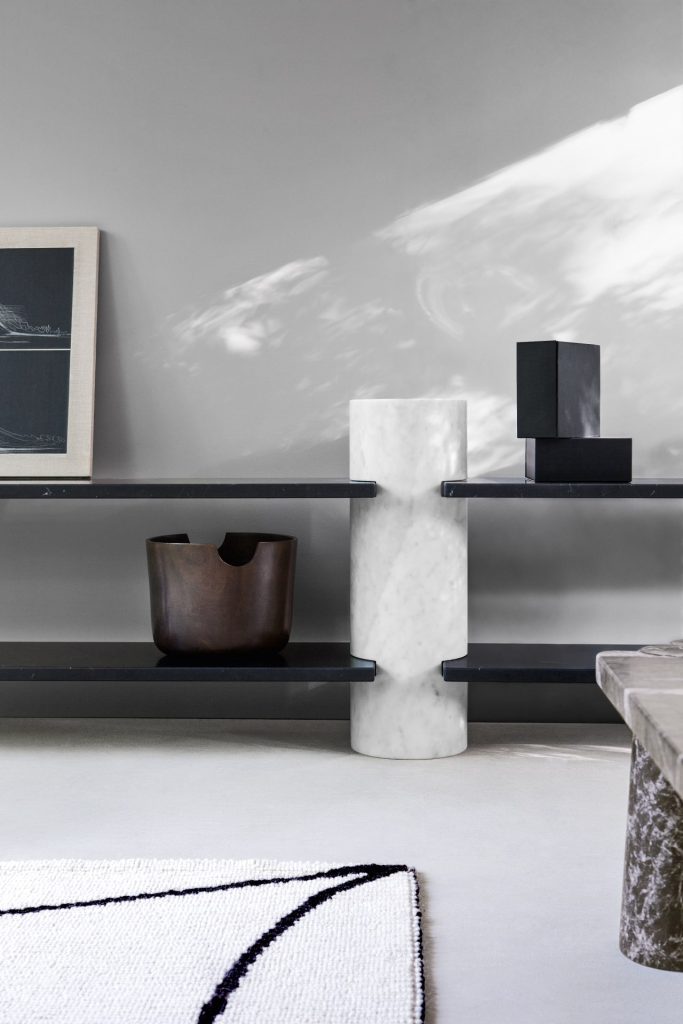
Angelo Mangiarotti designs cross the knowledge of quality of materials and bending technologies for bringing out the most convenient form. The links between the parts, borrowed from experience in prefabrication and architecture, complete the definition of the project. So Loico is created, a programme by cylindrical elements and shelves which fix in their slots and […]
SK207/ 1959
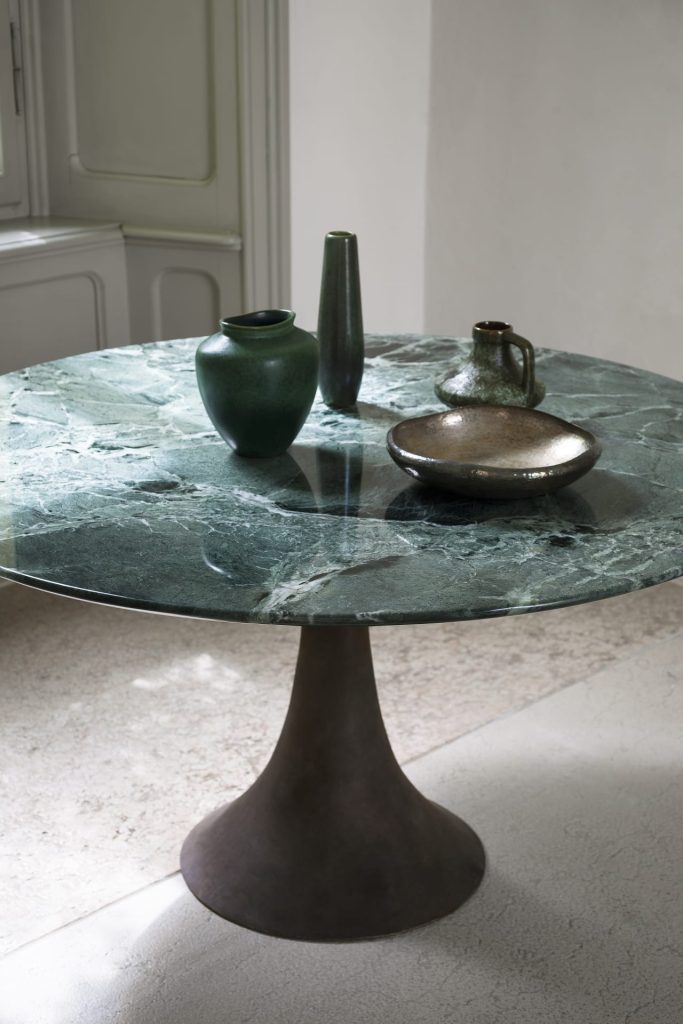
While at work on mass-producible, prefabricated, cast-concrete elements for architecture, with amusing wit, Mangiarotti opts for the ancient technique of lost-wax casting for his first table in bronze. Mainly used in the production of sculptures, this particular technique makes each multiple unique as the mould itself needs to be destroyed to extract the cast item. […]
CAP53 1961
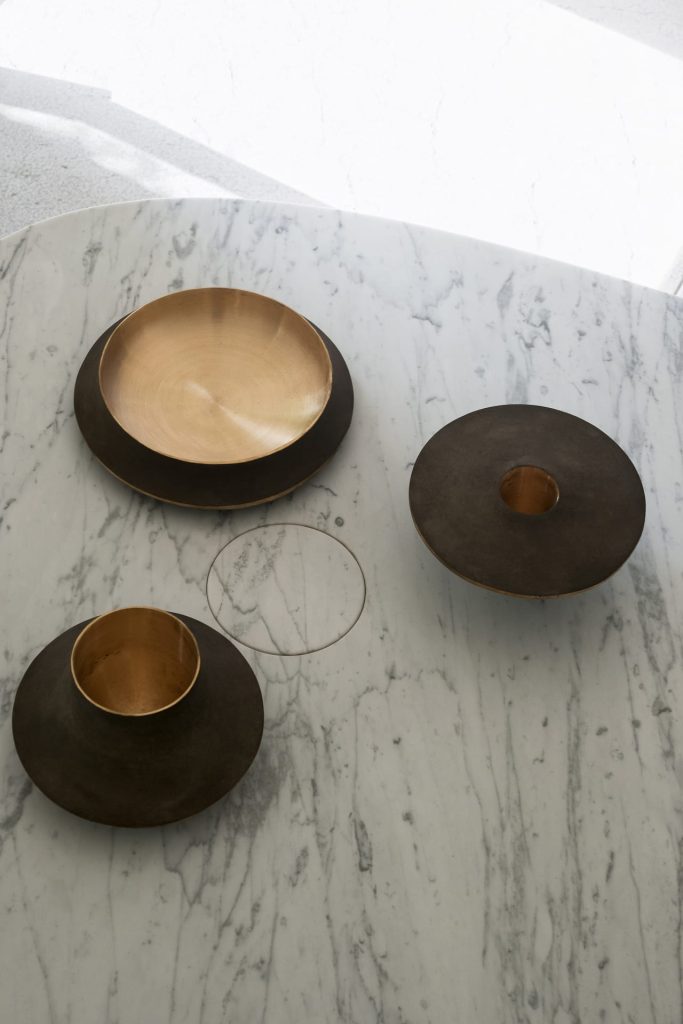
Casting and polishing celebrate the color, the brilliance and the texture of the material in an articulated vocabulary of simple yet sensual forms, derived from intuition and experimentation. The design of the vases is built on the principle that, in section, two circles of different diameter, moving along the vertical axes, can originate a great […]
Cavalletto 1953
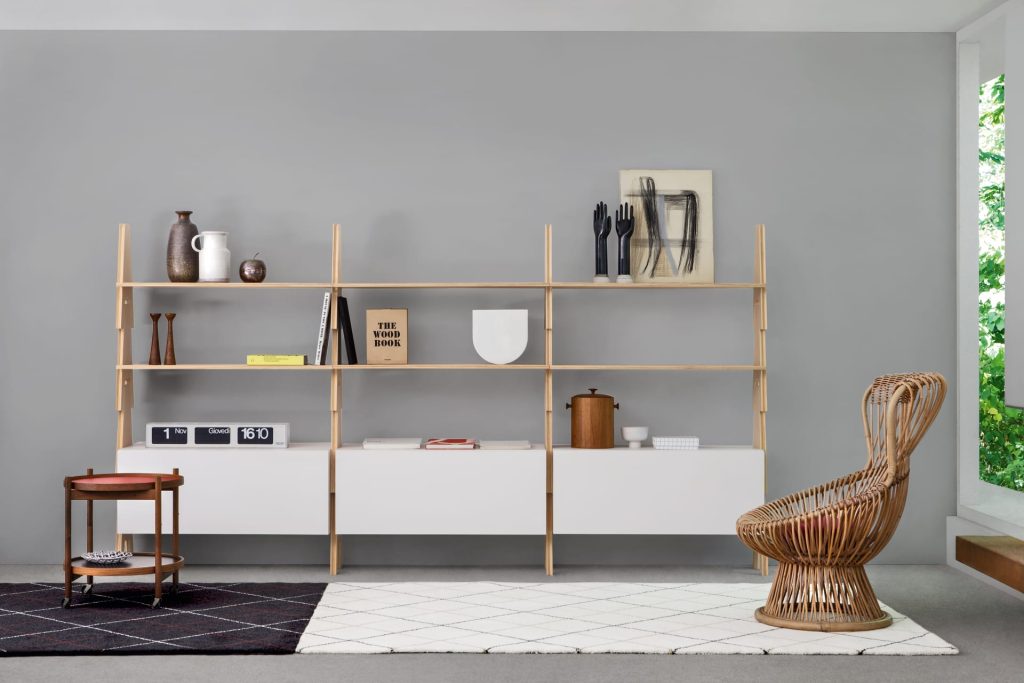
A furnishing system made entirely of wood, designed and patented over fifty years ago now, but which still startles us for its versatility and functionality. Its distinctive feature is a trestle in the shape of an upturned “V”, which means it is superimposable by means of a simple gravity joint, to accommodate bookshelves or closed […]

